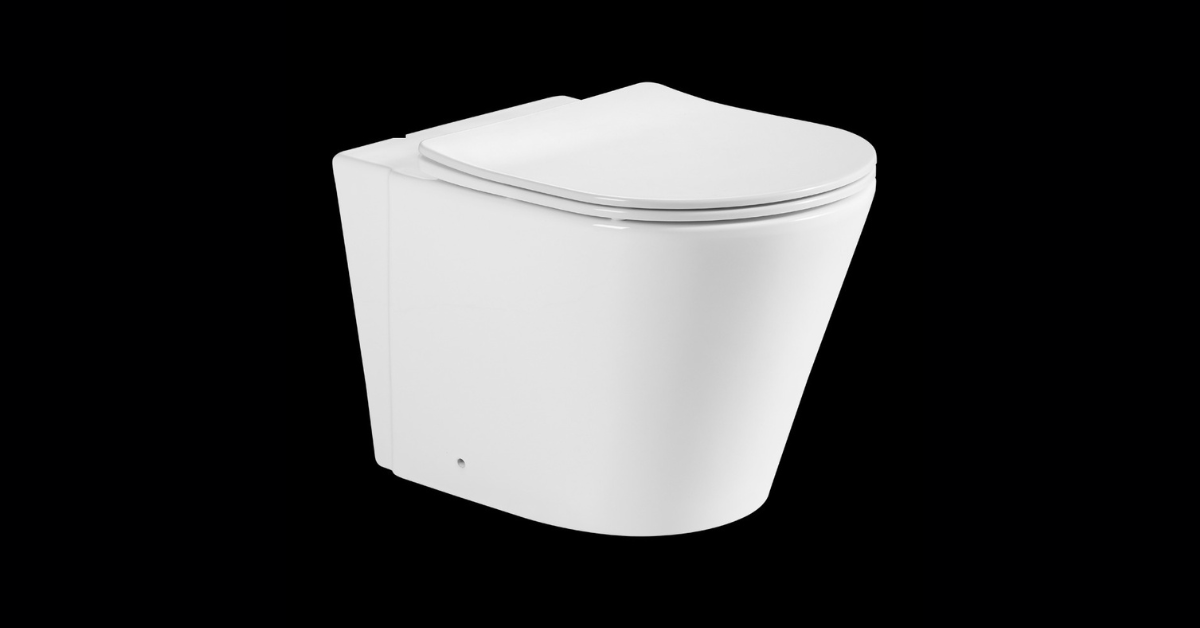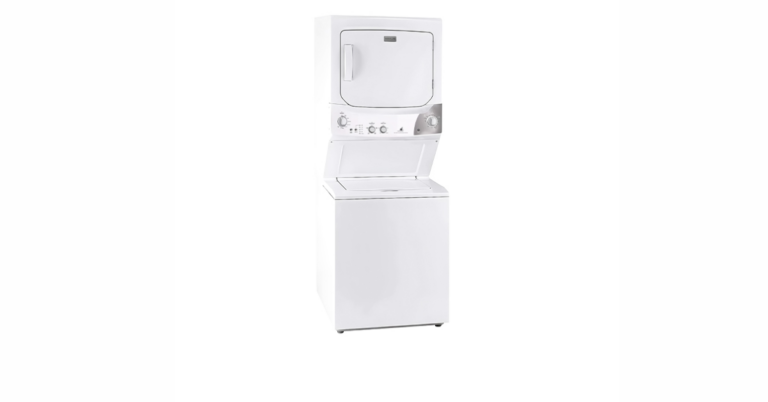Wall-Hung Toilet Bowls: The Future of Modern Bathrooms
In recent years, the design of bathrooms has evolved dramatically, moving away from traditional fixtures towards more innovative and aesthetically pleasing solutions. One such innovation is the wall-hung toilet bowl, which has gained popularity among homeowners and designers alike. This article explores the benefits, installation process, and maintenance of wall-hung toilet bowls.
What is a Wall-Hung Toilet Bowl?
A Wall Hung Toilet Bowl is a type of toilet that is mounted directly to the wall rather than resting on the floor. This design creates a floating effect, providing a sleek and contemporary look. The tank and plumbing are concealed within the wall, leaving only the bowl visible, which adds to the minimalist appeal.
Benefits of Wall-Hung Toilet Bowls
- Space-Saving Design: One of the primary advantages of wall-hung toilets is their space-saving design. By eliminating the bulkiness of traditional toilets, they can make smaller bathrooms feel more open and spacious. This is particularly beneficial in compact areas like powder rooms or half-baths.
- Easy Cleaning: With the toilet bowl elevated off the ground, cleaning becomes significantly easier. There are no hard-to-reach areas under the bowl, allowing for a more thorough and efficient cleaning process. This design helps maintain a more hygienic environment.
- Custom Height Options: Wall-hung toilets can be installed at various heights, allowing customization based on the users’ preferences. This feature is especially useful in homes with children or individuals with mobility challenges.
- Modern Aesthetics: The sleek, minimalist look of wall-hung toilets fits well with contemporary bathroom designs. They offer a clean and streamlined appearance, making them a popular choice for modern renovations.
- Water Efficiency: Many wall-hung toilet models are designed to be more water-efficient than traditional toilets, helping to reduce water consumption and lower utility bills.
Installation Process
Installing a wall-hung toilet bowl requires careful planning and execution. Here are the basic steps involved:
- Preparation: Before installation, it’s essential to choose the right location and ensure the wall can support the weight of the toilet. Consult a professional if you’re unsure.
- Install the Carrier Frame: A carrier frame is mounted to the wall and supports the toilet bowl. It includes the flush tank and is typically installed between the wall studs.
- Plumbing Connection: The plumbing for water supply and drainage must be connected to the carrier frame. This step may involve cutting into the wall to ensure proper alignment and fitting.
- Mount the Toilet Bowl: Once the carrier frame and plumbing are in place, the toilet bowl is mounted to the frame. It is securely attached and leveled to ensure stability.
- Finishing Touches: After the toilet bowl is mounted, the wall is closed up around the carrier frame, and any finishing materials (like tiles or paint) are applied. The flush panel is also installed to complete the look.
Maintenance Tips
Maintaining a wall-hung toilet bowl is relatively straightforward:
- Regular Cleaning: Use non-abrasive cleaners to keep the bowl and surrounding area clean. Avoid harsh chemicals that could damage the finish.
- Check for Leaks: Periodically inspect the connections for any signs of leaks, particularly at the plumbing connections.
- Flush Mechanism: Familiarize yourself with the flush mechanism, as some models may require occasional adjustments or replacements.
Conclusion
Wall-hung toilet bowls are an excellent choice for modern bathrooms, combining style, functionality, and efficiency. Their space-saving design and ease of maintenance make them particularly appealing for homeowners looking to enhance their bathroom’s aesthetic and practicality. If you’re considering a bathroom renovation or upgrade, a wall-hung toilet bowl might be the perfect solution to elevate your space.







